Dive into our collection of salmon recipes perfect for weeknight family dinners! From easy and quick salmon dinners to healthy grilled and baked salmon, we’ve them all. Explore Asian-inspired salmon, zesty lemon butter salmon, and spicy salmon tacos for a twist. Try our keto salmon meals. Our one-pan salmon recipes and meal prep ideas make cooking a breeze. Whether it’s a creamy salmon risotto or a simple pan-seared dish, these salmon recipes are sure to delight your taste buds.
Welcome to our culinary adventure with salmon recipes!
Whether you’re a seafood lover or looking to incorporate more healthy options into your diet, salmon is a fantastic choice.
Packed with omega-3 fatty acids and a rich, buttery flavor, this versatile fish lends itself to a wide array of delicious dishes.
In this blog, we’ll dive into a collection of tantalizing salmon recipes that will take your taste buds on a journey.
From succulent grilled salmon fillets to aromatic baked salmon with herbs, we have something to satisfy every palate.
Join us as we explore the world of salmon and discover creative ways to elevate your cooking skills.
Get ready to savor every bite and unleash your inner chef!

Easy Healthy Salmon Recipes For Dinner
“ Affiliate links are provided for your convenience, please read my disclosure for more information.”
25. Spicy Salmon Bowls

Credit: Recipe Runner
24. Brown Sugar Glazed Salmon
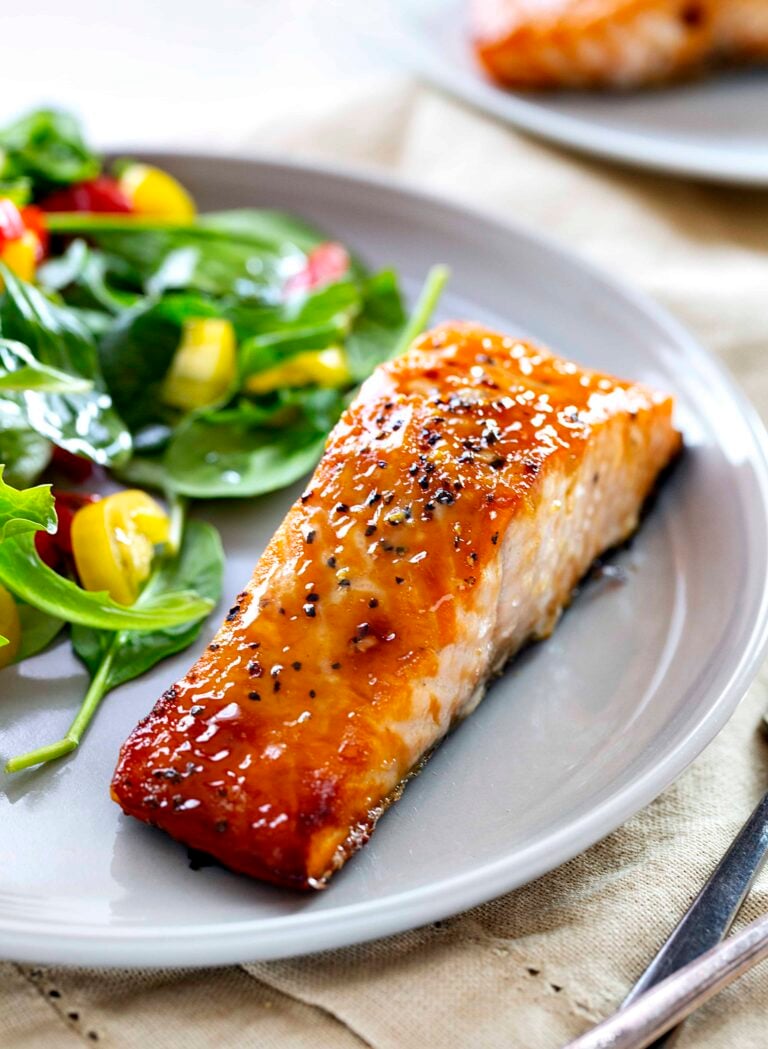
Credit: I Am Baker
23. Creamy Tuscan Salmon
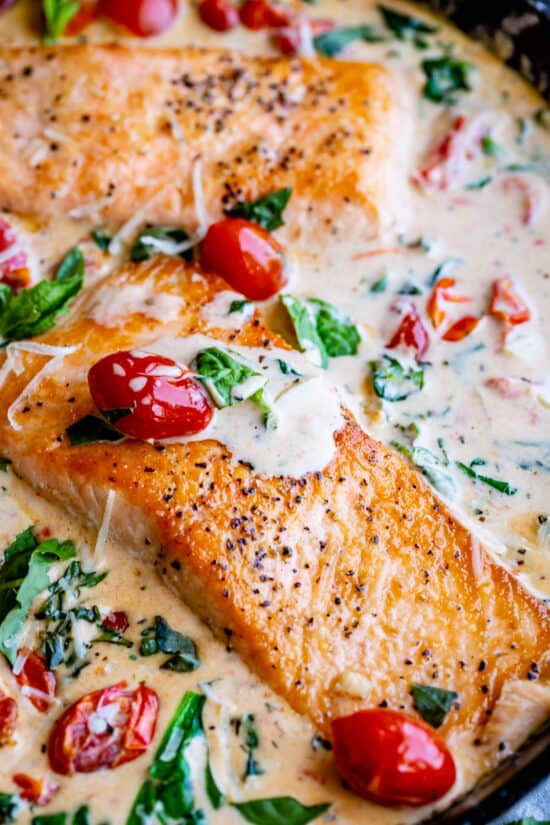
Credit: The Food Charlatan
22. Creamy Dill Salmon
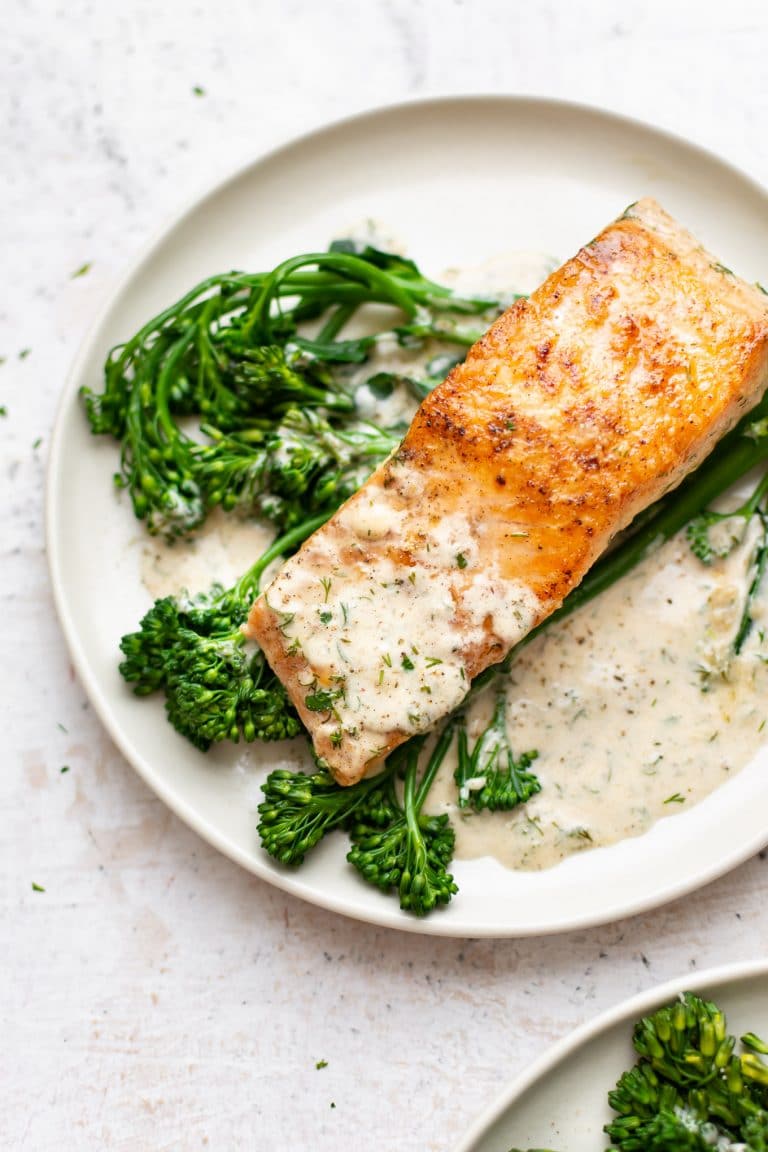
Credit: Salt And Lavender
21. Garlic Butter Salmon –
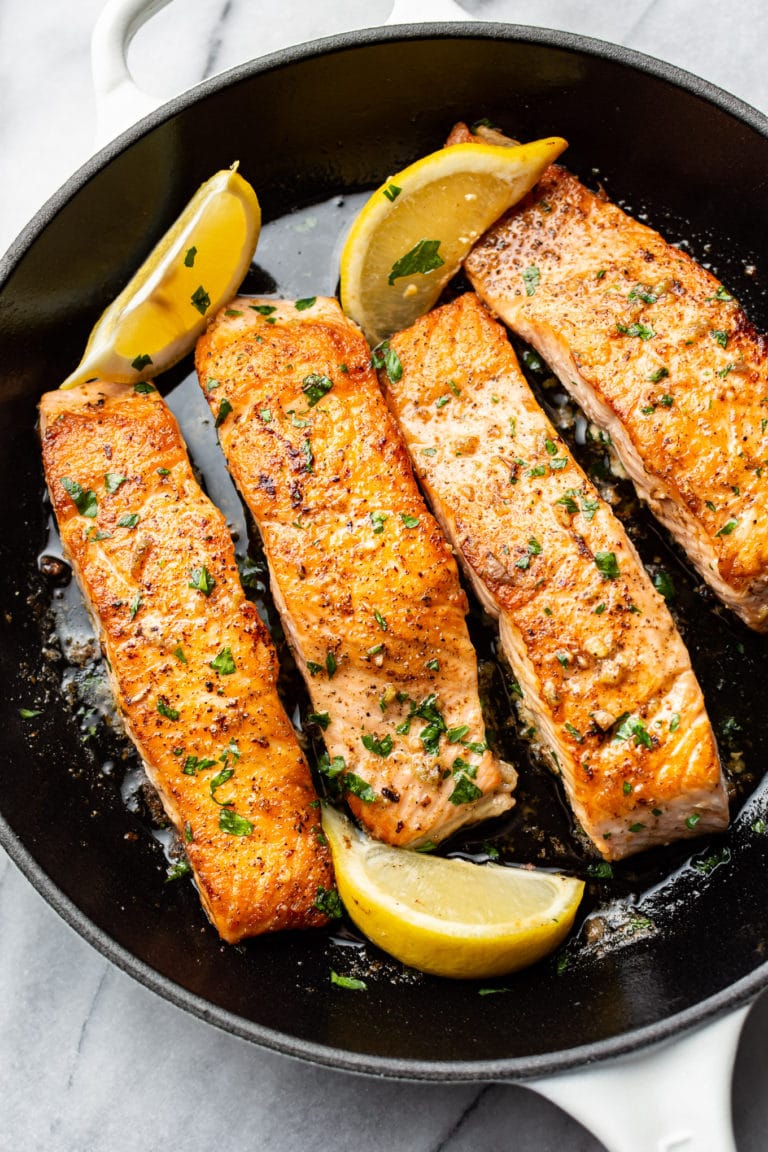
Credit: Salt and Lavender
20. Baked Salmon In Foil
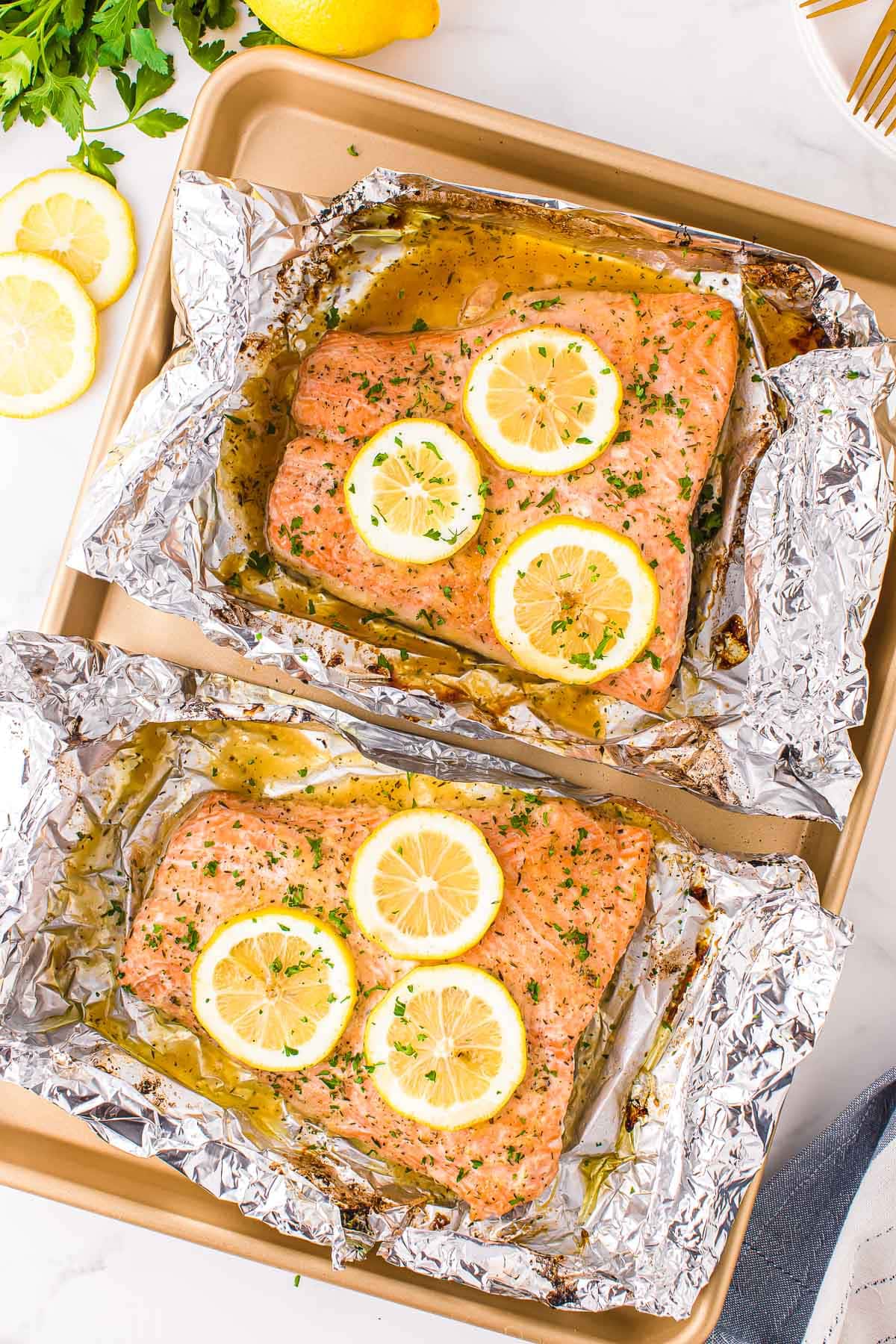
Credit: Mom On Timeout
19. Baked Pineapple Salmon
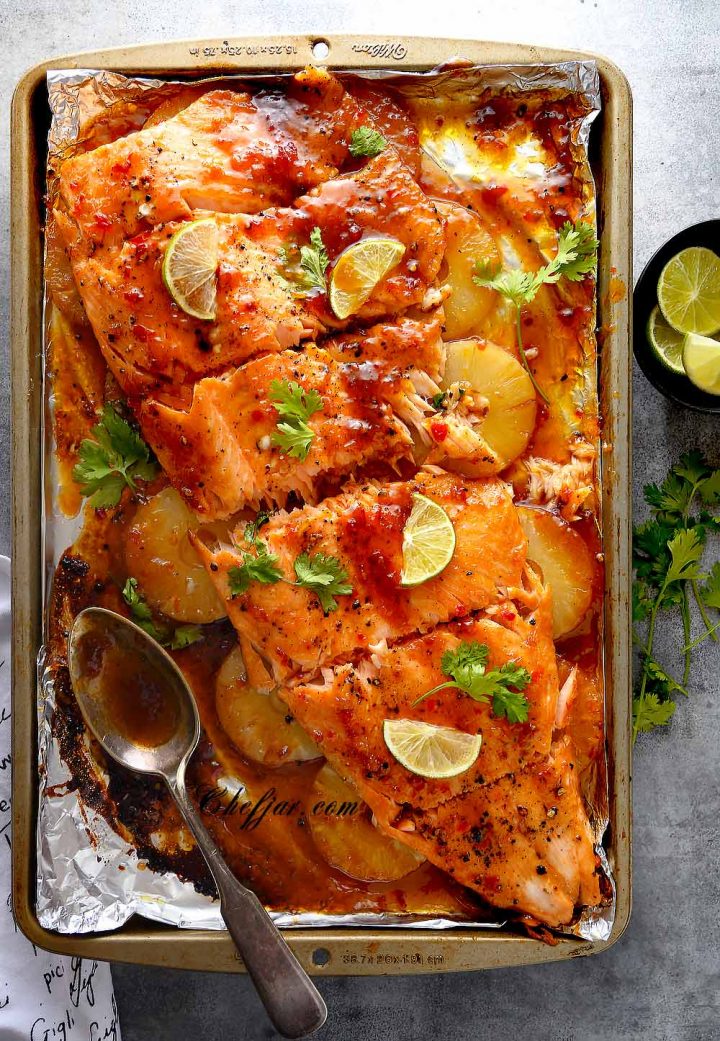
Credit: Chef Jar
18. Honey Sriracha Salmon Bowls
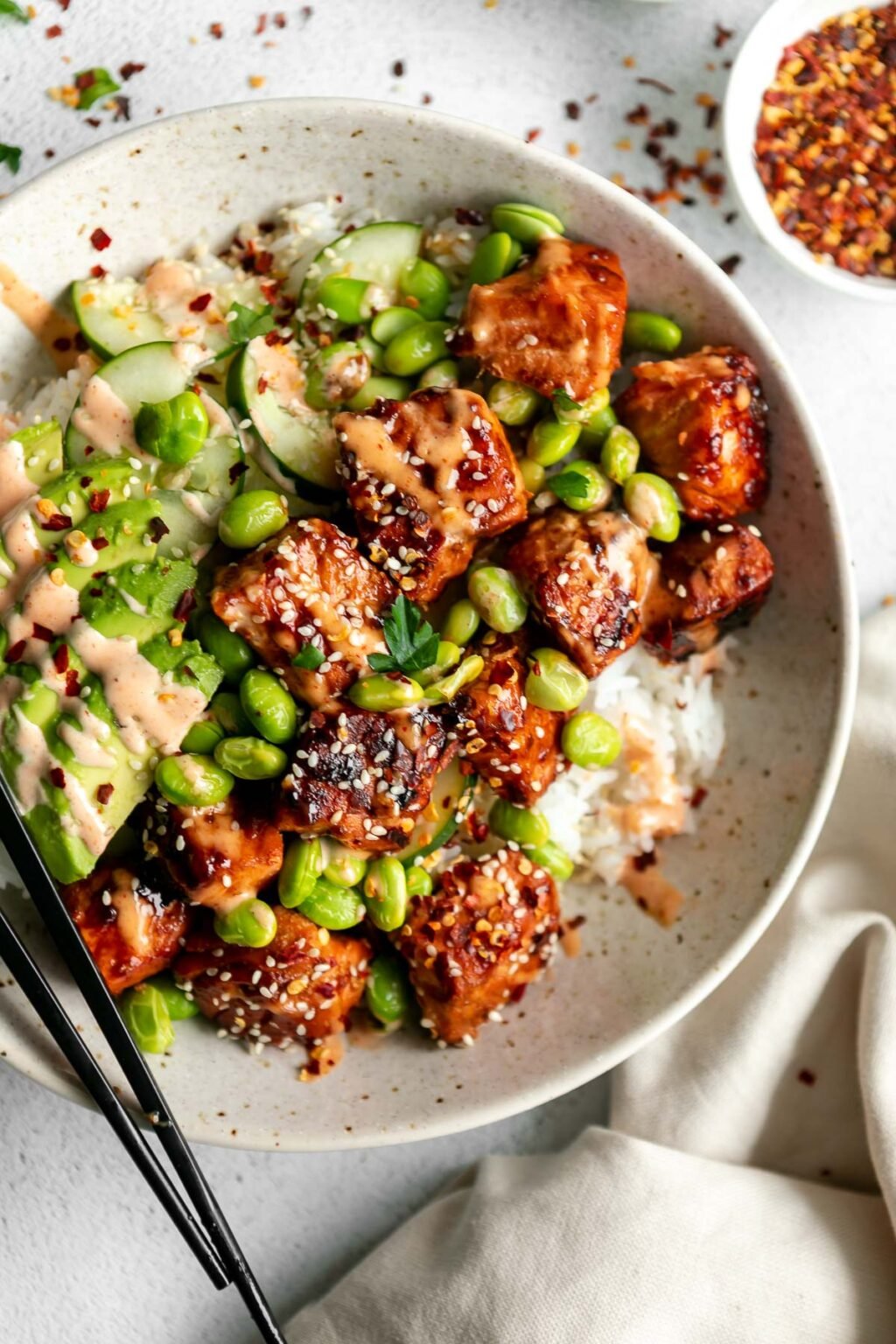
Credit: Eat With Clarity
17. Balsamic Glazed Salmon
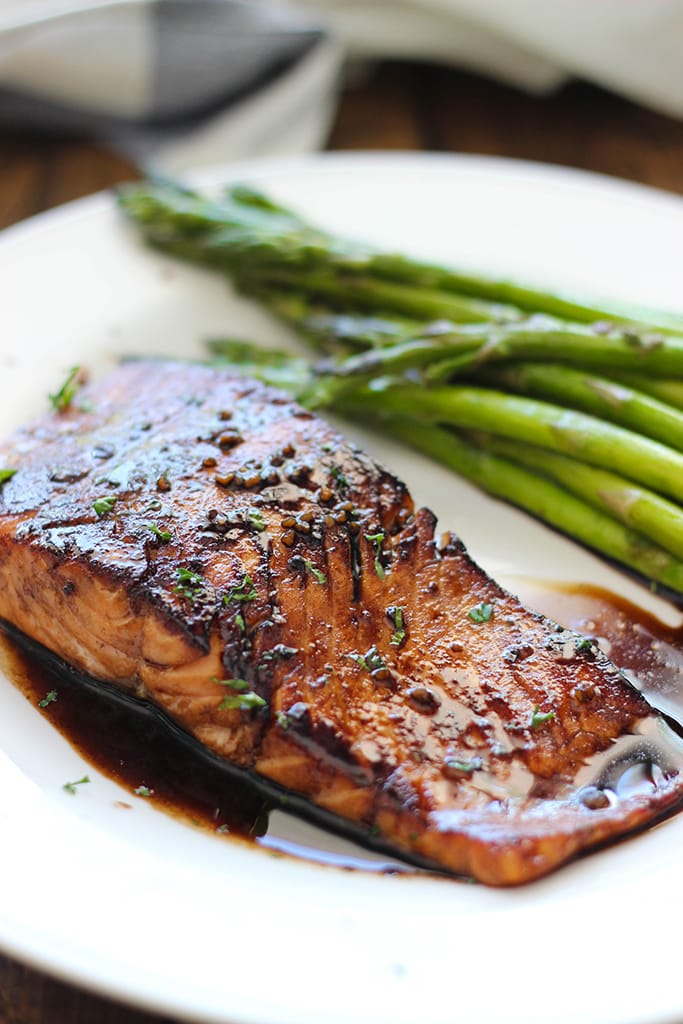
Credit: The Cooking Jar
16. Honey Soy Sauce Glazed Salmon
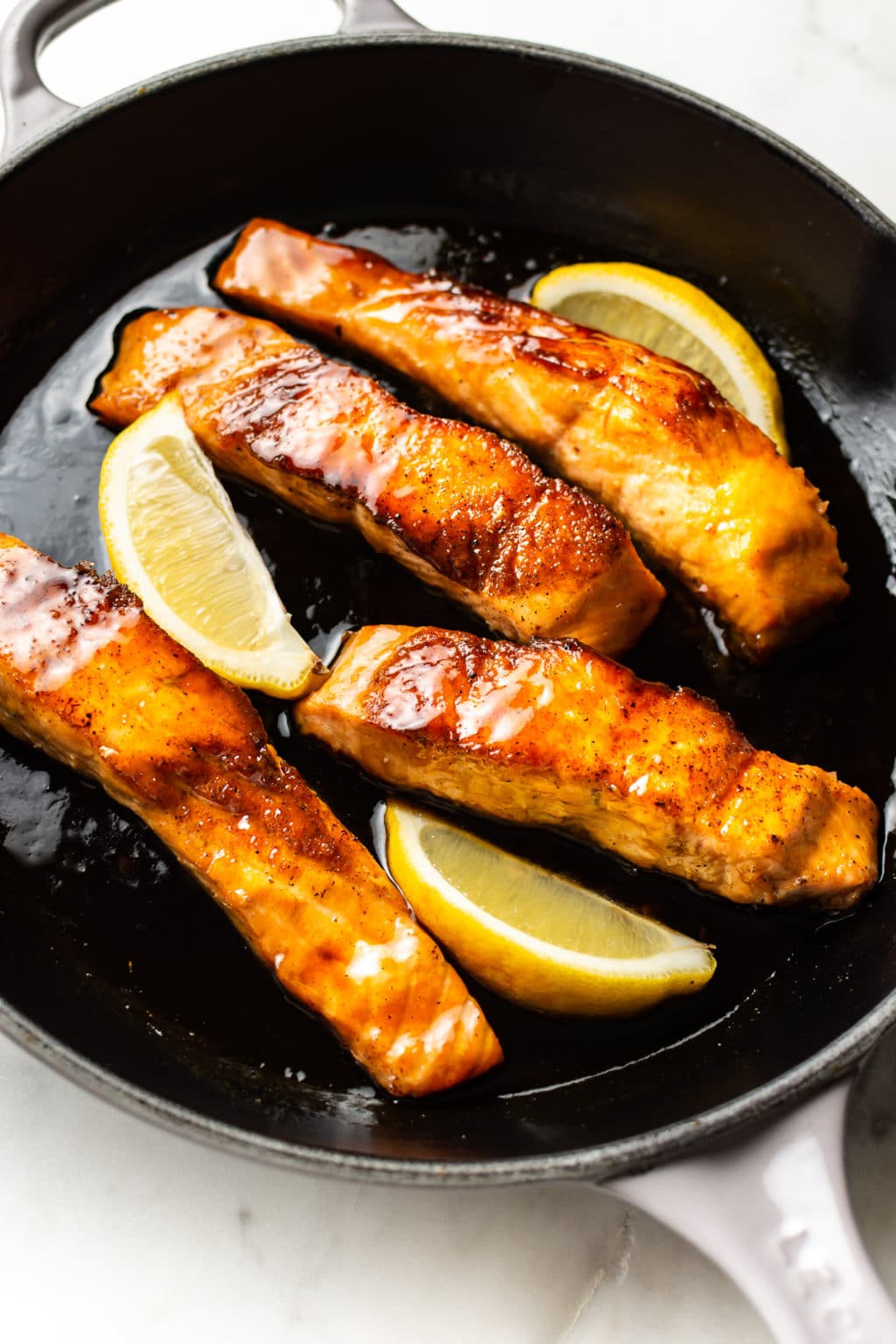
Credit: Salt And Lavender
15. Blackened Salmon

Credit: Cooktoria
14. Creamy Tuscan Salmon
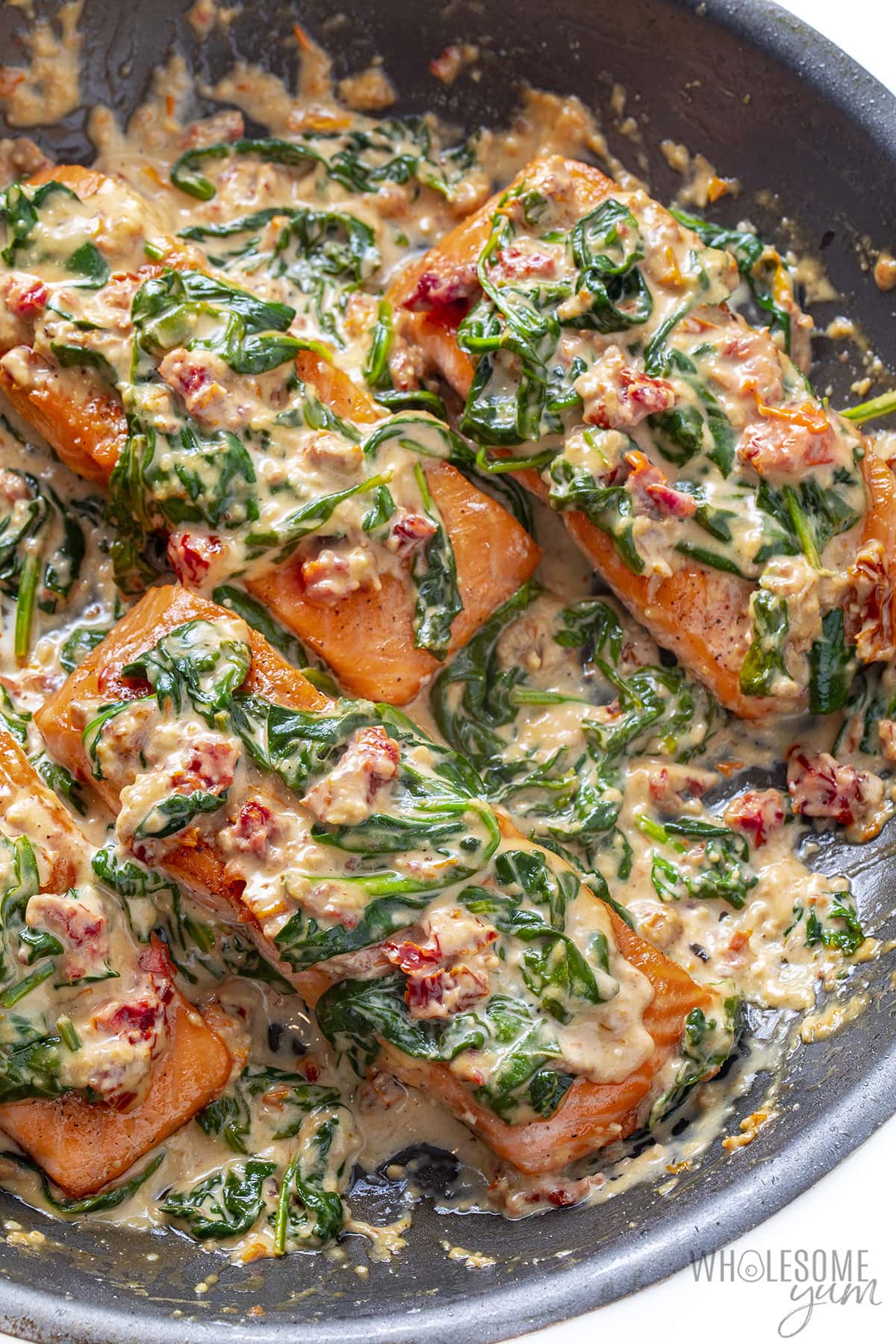
Credit: Wholesome Yum
13. Baked Salmon Recipe with Parmesan Herb Crust
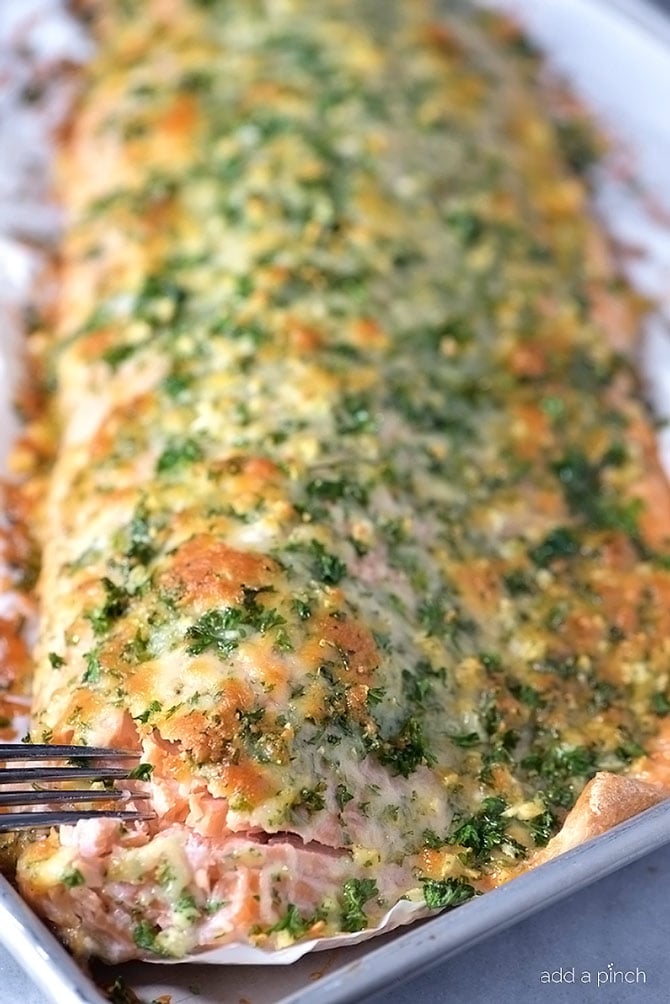
Credit: Add A Pinch
12. Garlic Butter Baked Salmon
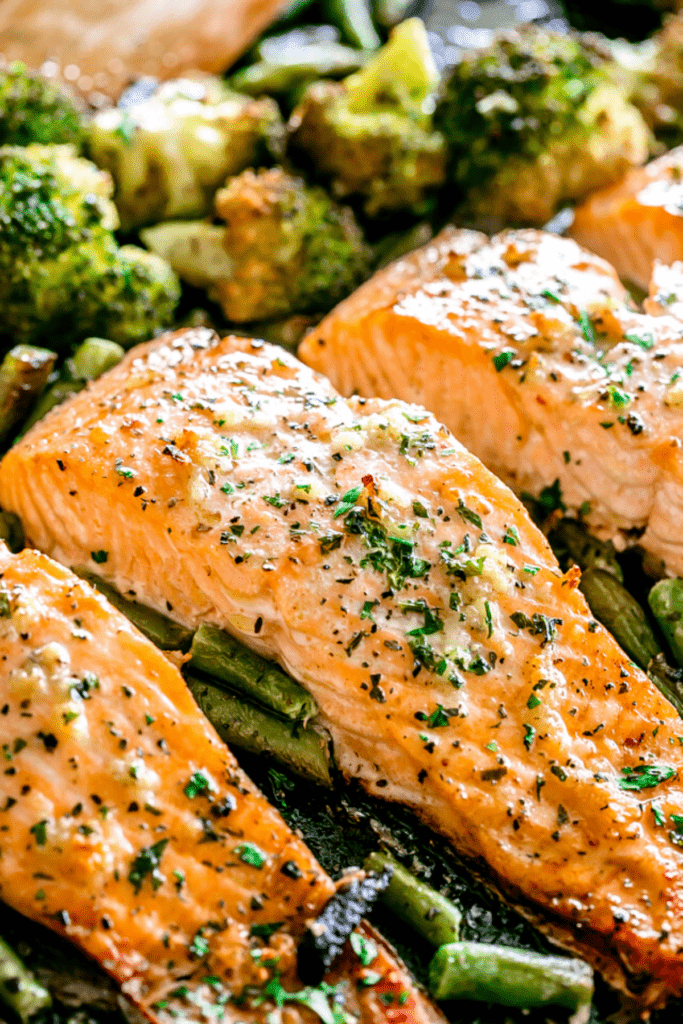
Credit: Diethood
11. Creamy Garlic Salmon
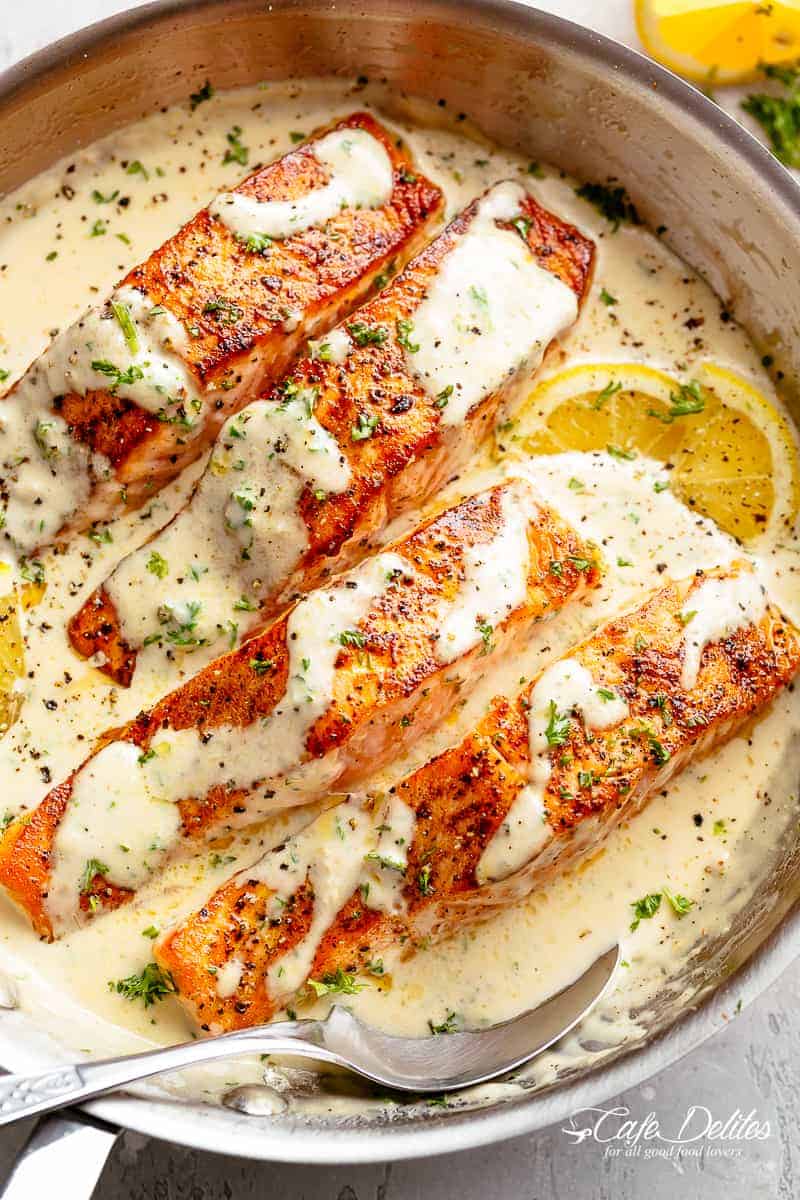
Credit: Cafe Delites
10. Baked Salmon with Garlic & Dijon

Credit: Natasha’s Kitchen
9. Orange Glazed Salmon

Credit: Delicious Little Bites
8. Oven Baked Salmon
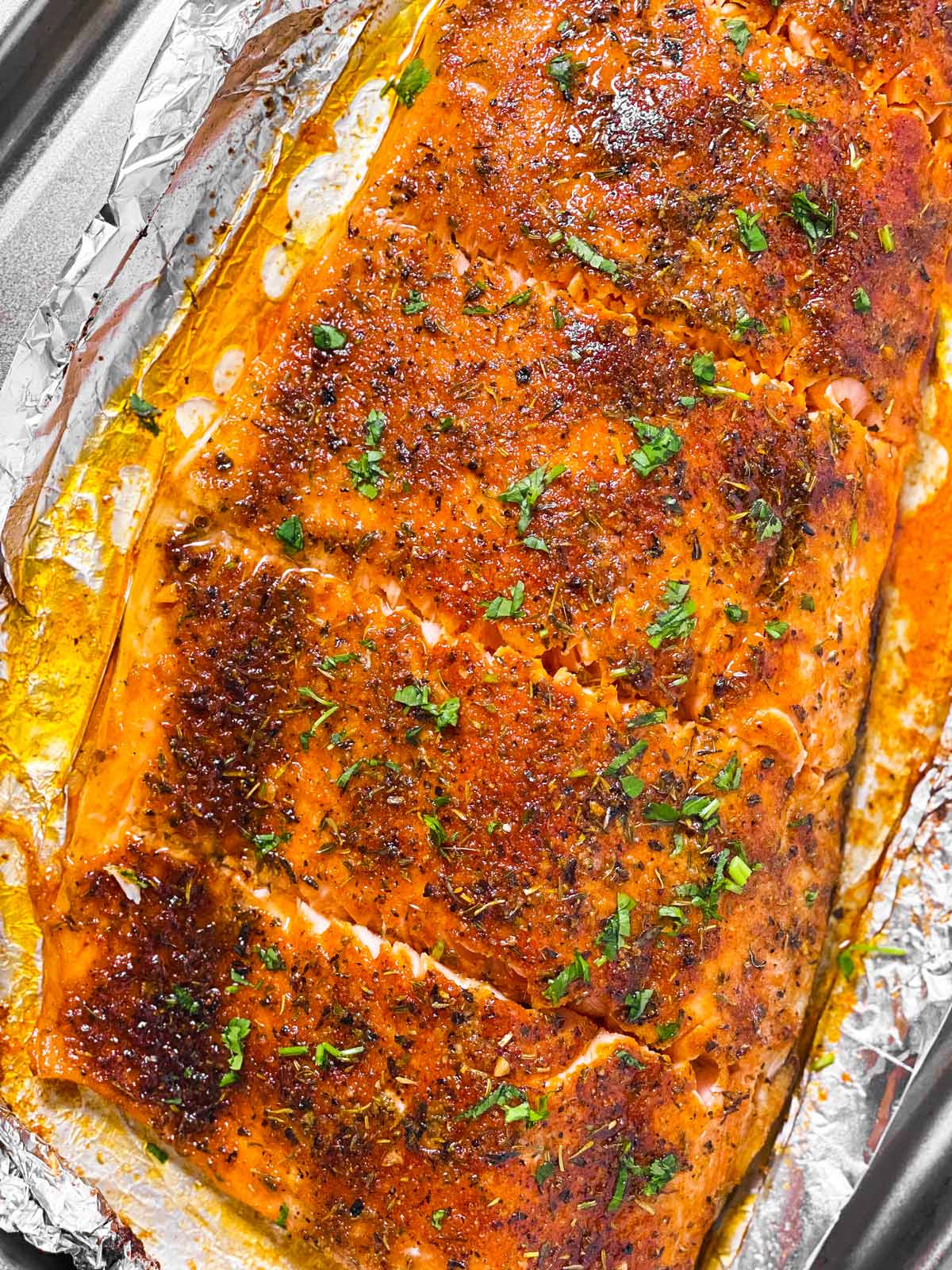
Credit: Savory Things
7. Air Fryer Salmon
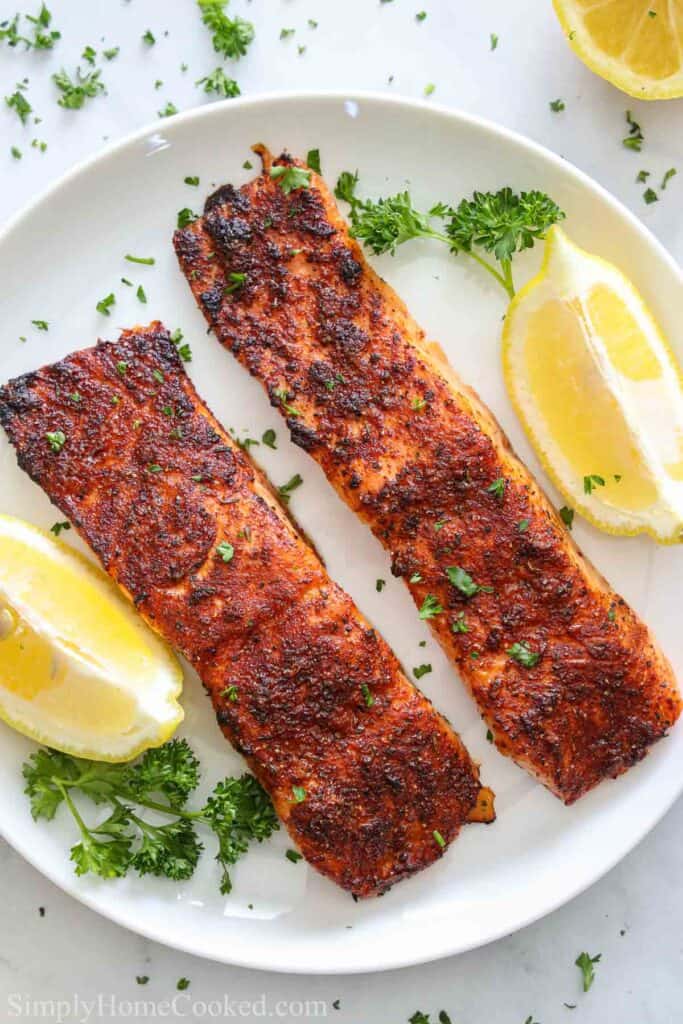
Credit: Simply Home Cooked
6. Honey Garlic Salmon

Credit: Rasa Malaysia
5. Crispy Sesame Salmon

Credit: The Roasted Root
4. Baked Salmon with Lemon Butter Cream Sauce
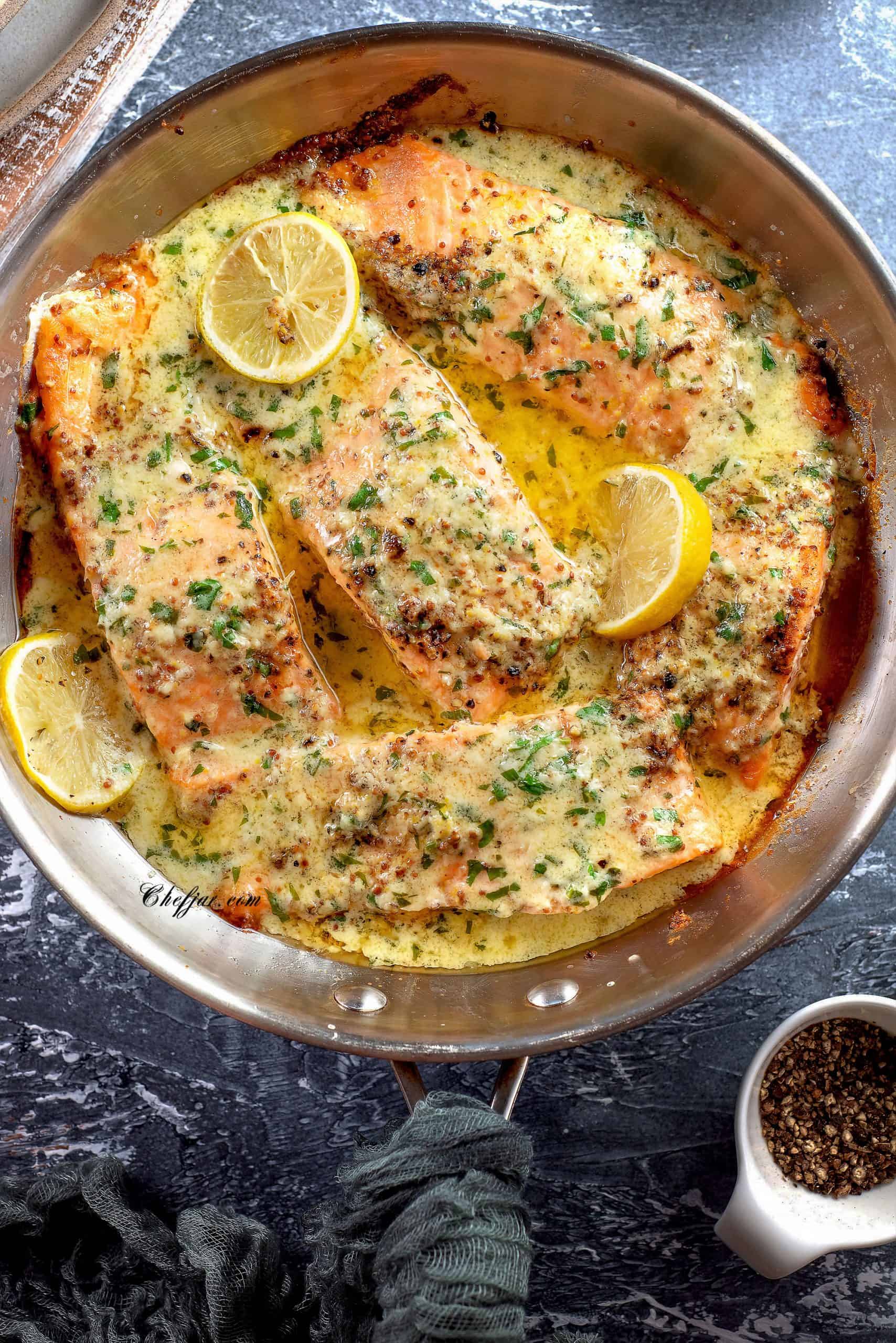
Credit: Chef Jar
3. Honey Garlic Glazed Salmon
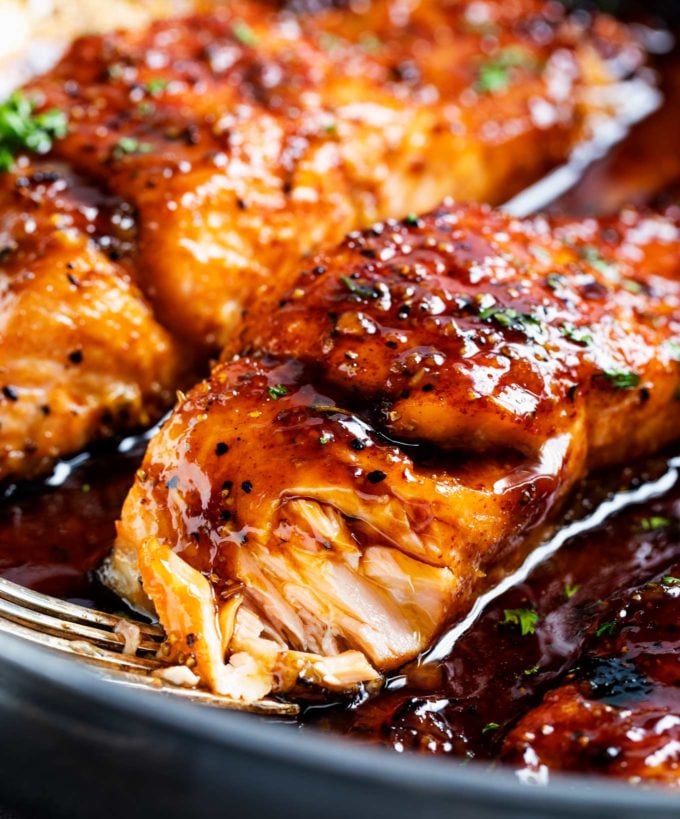
Credit: The Chunky Chef
2. Sheet Pan Lemon Garlic Butter Salmon
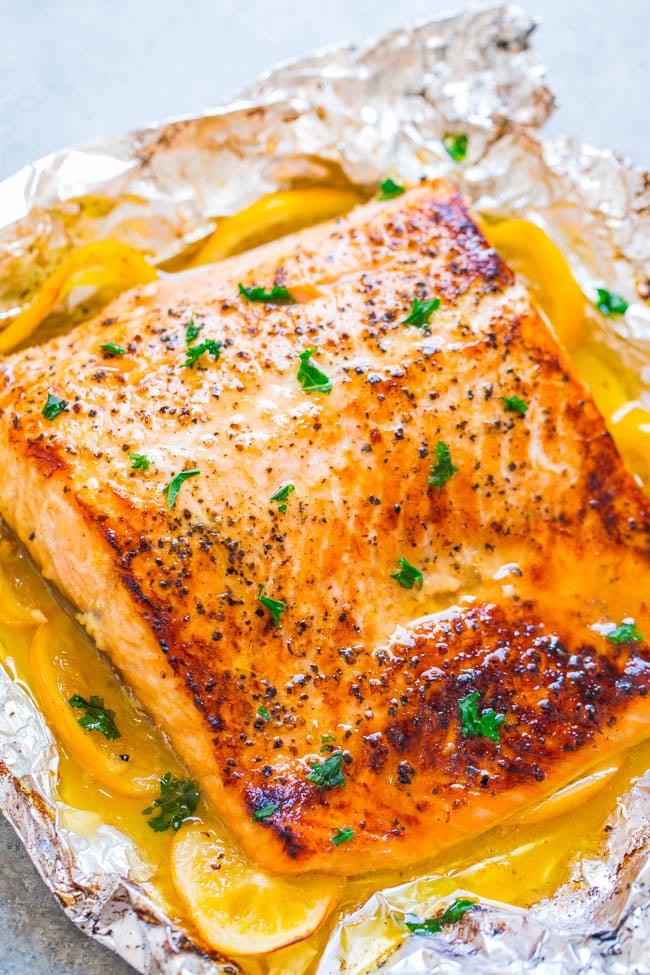
Credit: Averie Cooks
1. Baked Teriyaki Salmon
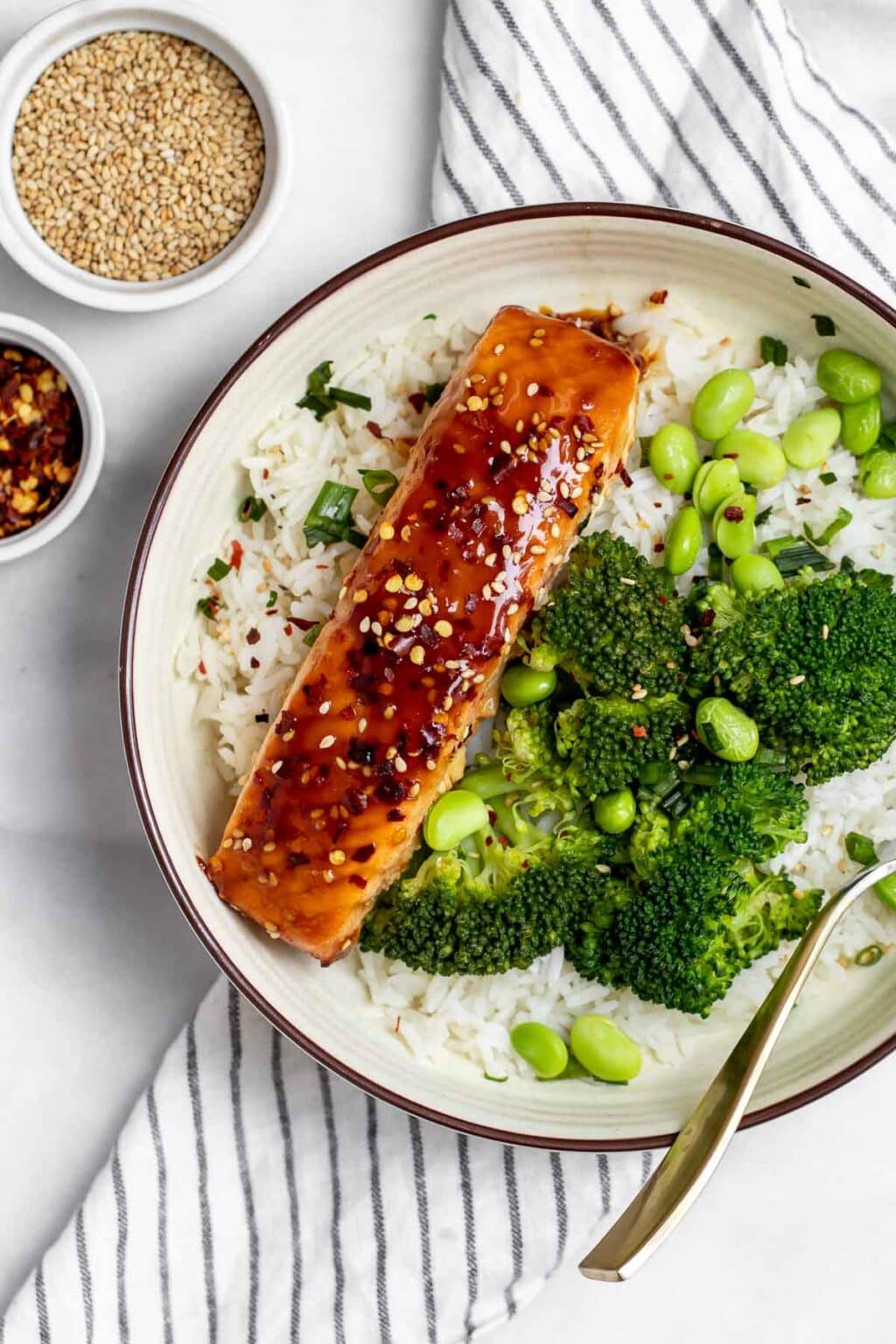
Credit: Eat With Clarity
FAQs
Q. Is fresh salmon better than frozen salmon?
Fresh salmon is generally preferred over frozen salmon because it retains its natural texture and flavor. However, properly frozen salmon can still be a great option, especially when fresh is not readily available.
Q. How long can I store fresh salmon in the refrigerator?
Fresh salmon can be stored in the refrigerator for up to two days. Make sure to wrap it tightly in plastic wrap or place it in an airtight container to maintain its freshness.
Q. Can I eat raw salmon?
Yes, you can eat raw salmon, but it’s crucial to ensure it is of high quality and properly handled. Sushi-grade salmon is commonly used for raw preparations like sushi or sashimi.
Q. What are some popular marinades for fresh salmon?
Popular marinades for fresh salmon include options like lemon dill, teriyaki, honey mustard, or garlic herb. Experiment with different flavors to find your favorite combination.
Q. What is the best way to cook salmon to retain its moisture?
To retain moisture, consider cooking methods like baking, steaming, or poaching. These methods help preserve the natural juices of the salmon, resulting in a tender and moist final dish.
Now comes the important question… Which salmon recipes do you like the most? Please let me know in the comments.
Few more seafood recipes!!!
Want to save this for later? Post these Salmon Recipes to the “Seafood Recipes” OR “Fish Recipes” Board!











